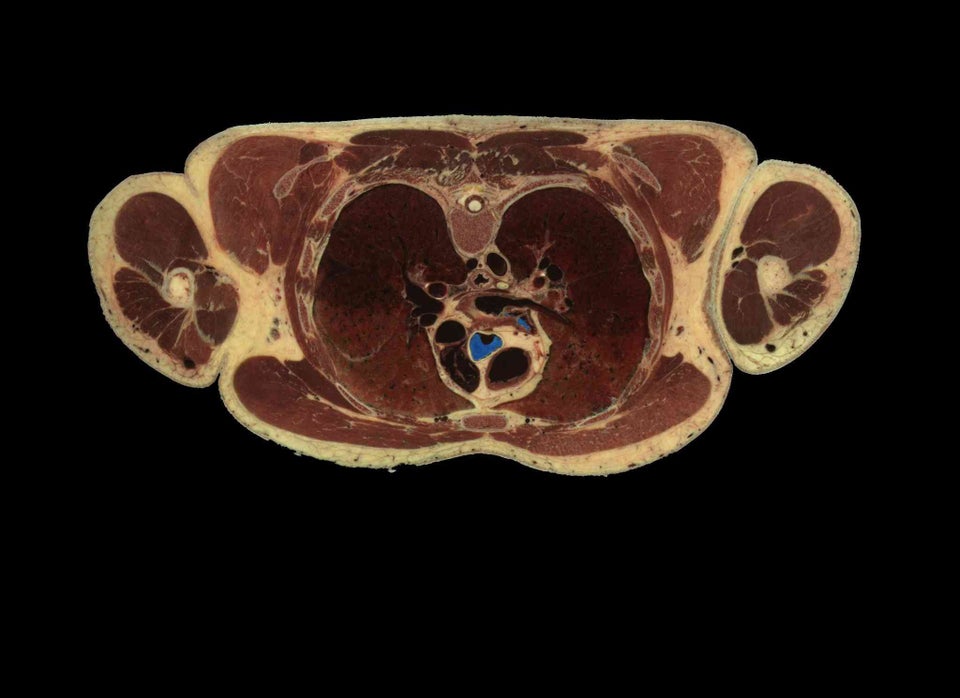Scientists in Boston have come up with an ingenious new way to repair life-threatening holes in patients' hearts and other organs.
Instead of invasive surgery and the risk that entails, the new technique makes use of an ultraviolet-light-enabled catheter that patches the holes using a plug made of a biodegradable, light-activated adhesive (see video above). The experimental device may prove useful in fixing stomach ulcers and abdominal hernias as well as hearts.
"Currently, to repair wounds or holes in the body, a second large hole made by incision must be created in order to give clinicians access to the affected area for suturing," Conor Walsh, a Wyss Institute Core Faculty member and assistant professor at Harvard University's John A. Paulson School of Engineering and Applied Sciences (SEAS), who co-authored a paper describing the research, told The Huffington Post in an email.
"With the new device, a tissue patch can be delivered and adhered to the area in a minimally invasive manner -- either through the original wound opening itself or through another small incision depending on the location in the body," he said. "This can all be done within a matter of minutes -- it is certainly our goal and belief that this could revolutionize wound repair."
The device is snaked into the body via a vein into the hole in the heart or other body part to be repaired. The device deploys the patch at just the right spot, and then two balloon-like chambers -- one positioned on either side of the hole -- are inflated to keep the patch in place.
Then the catheter emits UV light that causes the biodegradable patch to harden and form a tight seal with body tissues. Just check out the GIF below.
"The catheter can be removed, leaving only the adhesive and patch behind," Ellen Roche, a scientist at Harvard University's SEAS and Wyss Institute and co-author of the paper, told The Huffington Post in an email. "These act as a bridge for tissue ingrowth, and will eventually disappear once the defect has healed."
In other words, since the patch and adhesive are biodegradable, they dissolve into the body as the tissue heals. The researchers plan additional study to fine-tune the rate at which the patch degrades, New Scientist reported.
The patch hasn't been tried on humans, but the scientists have successfully tested it on rat tissue and in the hearts of living pigs.
"Although the catheter is in early research stages, it represents a step along the translational path to closing tissue defects less invasively," Roche said.
The paper was published Sept. 23 in the journal Science Translational Medicine.
Also on HuffPost Science:

